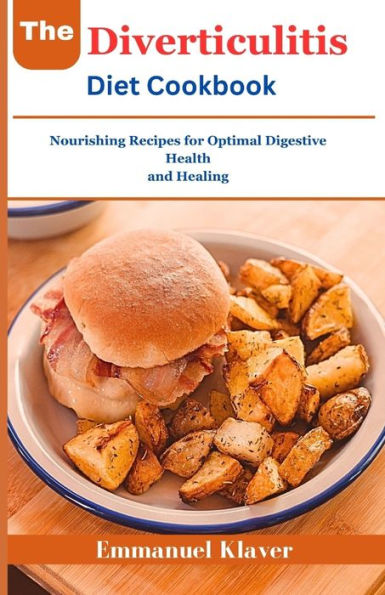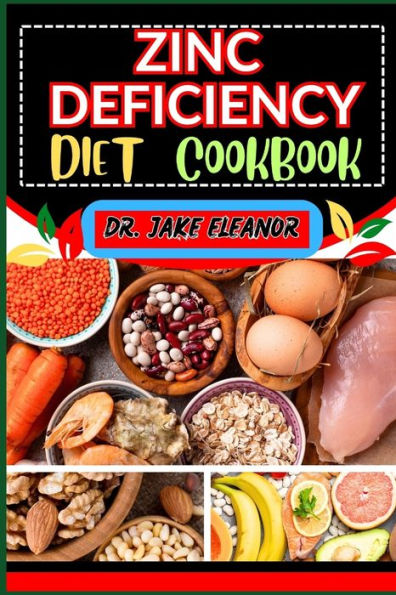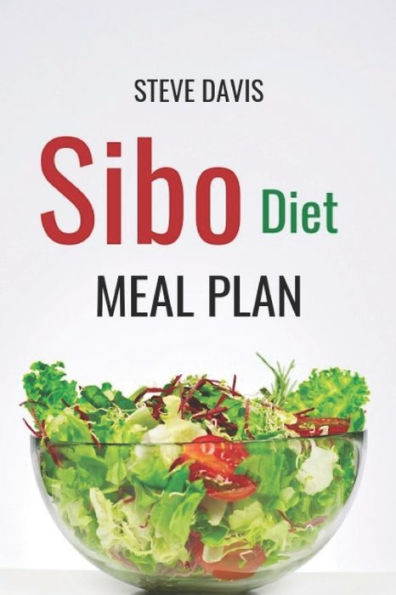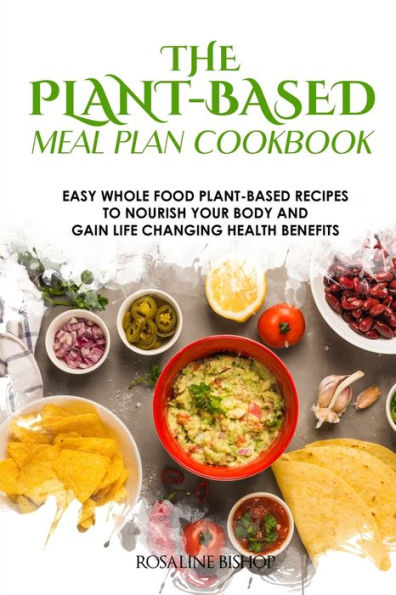Home
Diverticulitis Diet Cookbook: Easy, Flavourful Meals to Nourish Your Body for Digestive Wellness


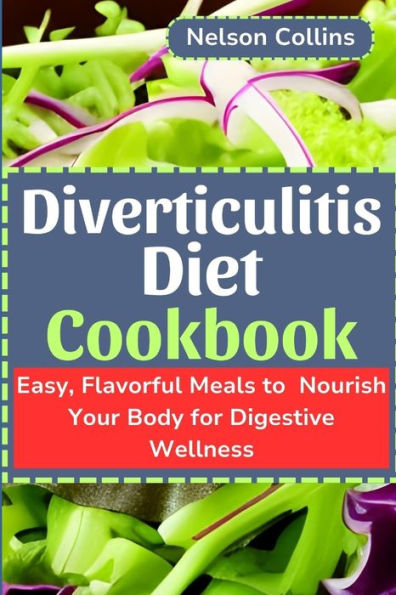
Diverticulitis Diet Cookbook: Easy, Flavourful Meals to Nourish Your Body for Digestive Wellness
Current price: $12.99
Loading Inventory...
Size: OS
An inflammation or infection in one or more small pouches in the digestive tract.
Diverticulitis is more common after the age of 40.
Symptoms include abdominal pain, fever, nausea and a change in bowel habits.
Treatment can include rest, a liquid or low-fibre diet and antibiotics. Severe cases may need hospital care and surgery. Doctors may recommend a high-fibre diet after recovery to prevent future episodes.
Diverticulosis is a medical condition when small, bulging pouches form on the wall of your bowel. On the other hand, diverticulitis is the medical condition when those pouches get inflamed or infected. Together, these two conditions are known as diverticular disease.
Although it was rare before the 20th century, diverticular disease is a very common health problem in the Western world. It’s a group of conditions that can affect your digestive tract.
The most serious type of diverticular disease is diverticulitis. It can cause uncomfortable symptoms and, in some cases, serious complications. If left untreated, these complications can cause long-term health problems.
Both sexes are equally affected by diverticular disease and diverticulitis, although the condition is more likely to appear at a younger age (under 50) in men than in women. Overall, symptoms of diverticulitis are most likely to occur in people over 70 years old.
People aged 50-70 who eat a high-fibre diet (25g a day) have a 40% lower chance of admission to hospital with complications of diverticular disease – compared to others in their age range with the lowest amount of dietary fibre.
Fiber helps to soften stools, and not consuming enough dietary fiber leads to hard stools. This may cause more pressure or strain on the colon as muscles push the stool down. This pressure is thought to cause the development of diverticula.
In parts of the world where dietary fiber intake is large, such as in Africa or South Asia, diverticula disease is fairly uncommon. On the other hand, it is quite common in Western countries where dietary fiber intake is much lower.
